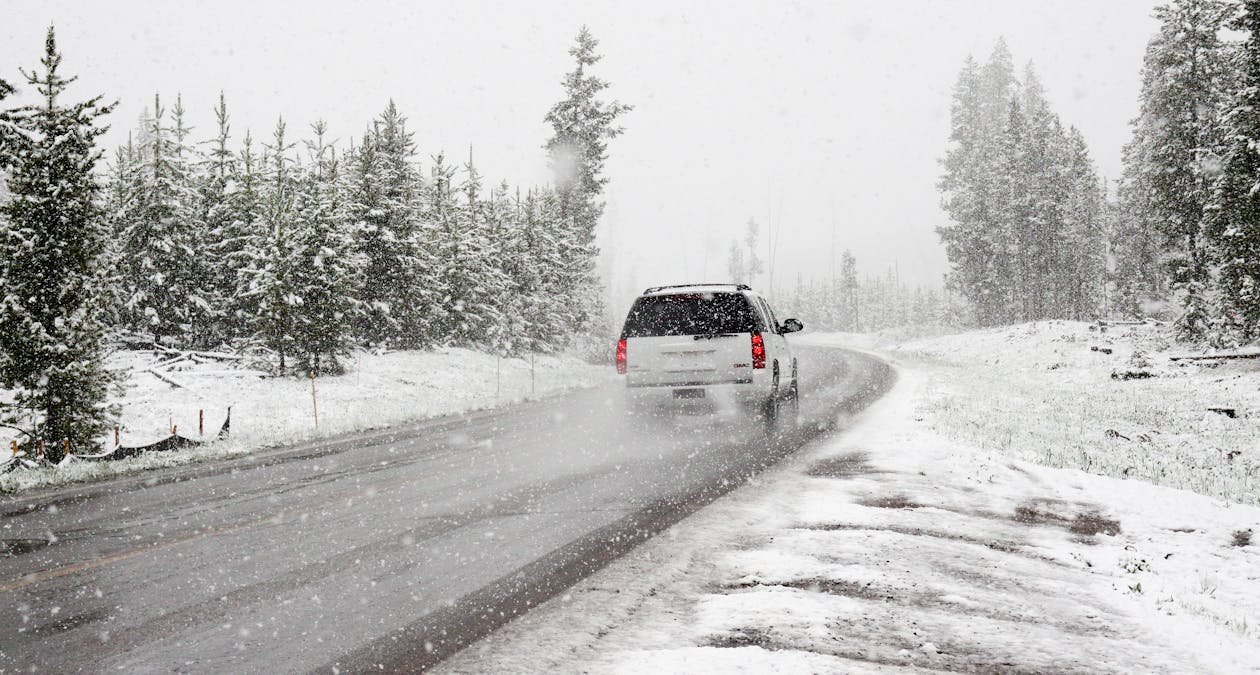A powerful spring ice storm swept across central and eastern Ontario and large parts of Quebec over the weekend, causing widespread damage and plunging more than 400,000 customers into darkness. As layers of ice encased trees, power lines and roads, emergency officials across provinces responded to a sharp rise in weather-related incidents, including injuries and vehicle collisions.
The prolonged system brought freezing rain that transformed entire neighbourhoods into sheets of ice. In affected areas, fallen tree limbs crushed vehicles, blocked major roadways and posed ongoing hazards for pedestrians and motorists alike. Crews faced delays reaching outage zones as fallen debris obstructed routes. The storm’s intensity and duration made it one of the more severe freezing rain events in recent memory for both provinces.
Several communities, including Peterborough and multiple townships north of Toronto, declared states of emergency due to the extent of the damage and continued risks posed by unstable trees and live power lines. Road crews and hydro workers have been mobilized in large numbers to restore power and clear critical infrastructure, but efforts remain hampered by dangerous conditions.
Hydro companies in Ontario and Quebec reported thousands of downed lines and broken utility poles, some of which remain inaccessible due to icy terrain and fallen trees. Restoration efforts are ongoing, though utility providers have warned that full service restoration may take several days in the hardest-hit regions.
In addition to property damage and blackouts, the storm also brought a tragic toll. In eastern Ontario, a serious motor vehicle accident sent seven individuals to hospital. In another incident, a 33-year-old woman lost her life, though the cause of the crash remains under investigation. Emergency services across the province have responded to hundreds of calls since Friday, many involving injuries from falling branches or slipping on ice-covered surfaces.
Air travel was also disrupted. At Ottawa International Airport, dozens of flights were delayed or cancelled, leaving passengers stranded domestically and in U.S. cities such as Washington and Orlando. Local transportation within cities like Ottawa was equally affected, with sidewalks rendered perilously slick by ice accumulation.
As the storm system moved eastward into Quebec and the Maritimes, provincial and municipal authorities urged the public to stay indoors and off the roads unless absolutely necessary. With icy conditions expected to linger, officials emphasized the importance of avoiding travel, staying clear of downed wires and checking in on vulnerable neighbours.
Environment Canada continues to monitor the storm’s path, and further freezing rain warnings remain in effect for eastern Quebec. Cleanup and recovery are expected to stretch into the week, with weather and road conditions continuing to pose challenges for first responders and utility repair crews.
The unusual timing of the storm—arriving just days after the official start of spring—highlights the unpredictable nature of transitional weather periods in Canada. As temperatures begin to rise later in the week, authorities are also preparing for the possibility of flooding in some regions due to rapid melting of accumulated ice.

